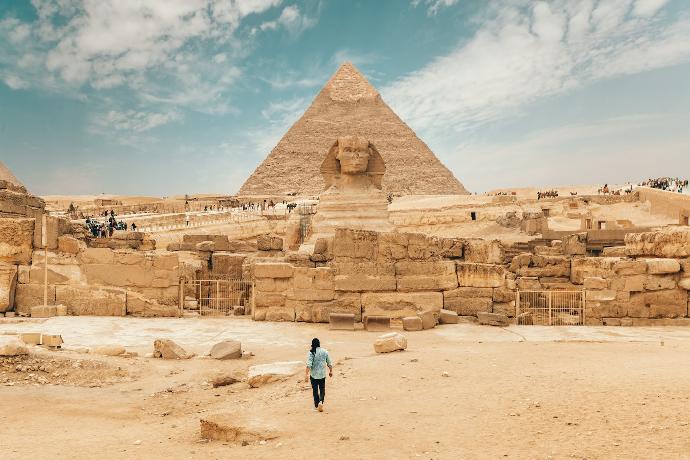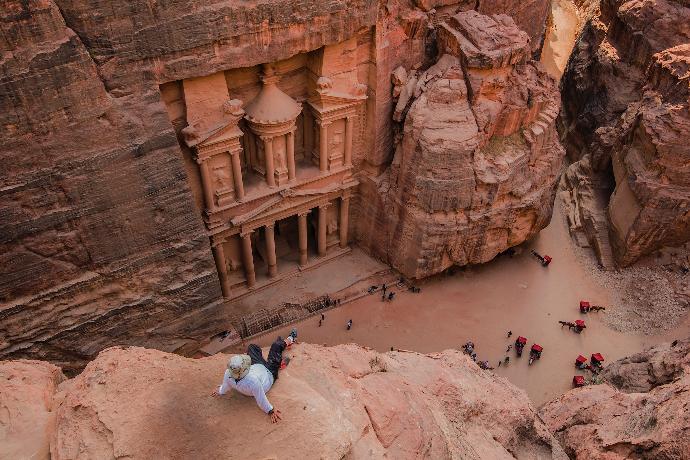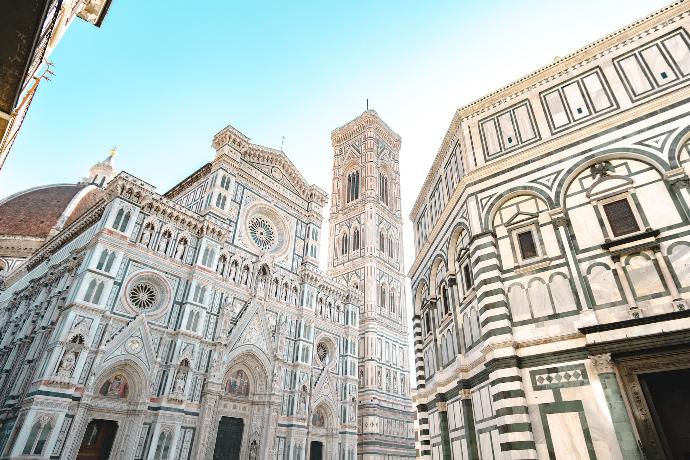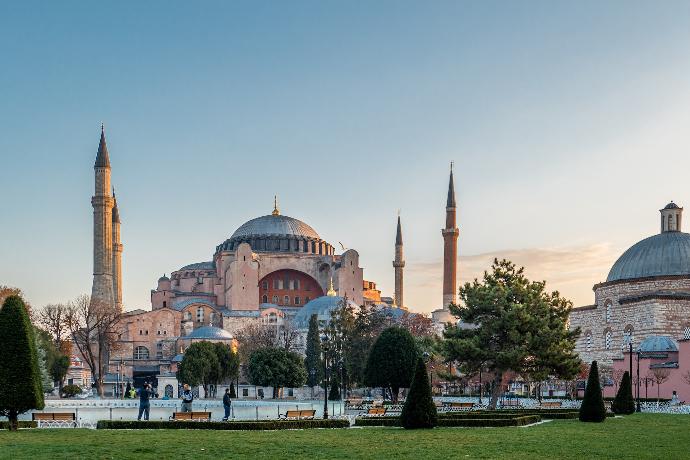Middle East

Egypt

Jordan

Holy Land

Turkey




Combined

Egypt
Egypt, a country that links northeast Africa with the Middle East, dates back to the period of the pharaohs. It has millennia-old monuments along the fertile Nile River valley, including the colossal pyramids of Giza and the Great Sphinx, as well as the tombs of the Valley of the Kings and the hieroglyph-lined Karnak Temple at Luxor. In the capital, Cairo, there are Ottoman monuments such as the Muhammad Ali Mosque and the Egyptian Museum, a treasure trove of antiquities.
Jordan
Jordan is an Arab country on the east bank of the Jordan River, characterised by ancient monuments, nature reserves and coastal resorts. It is home to the well-known archaeological site of Petra, the Nabataean capital dating from around 300 BC. Petra is nicknamed the ‘Pink City’ because it is located in a valley with tombs, temples and monuments carved into the surrounding pink sandstone cliffs.


Holy Land
The Holy Land encompasses the places in the Middle or Near East mentioned in the Old and New Testament. It would include the territories of Israel and Palestine (home to most of the holy sites for Christians and Jews), the western part of Jordan (the promised land of Moses and the place of Christ's baptism), the Sinai Peninsula (of Egypt, where Moses and the Jewish people wandered for 40 years) and southern Syria (where key passages of Elijah or the conversion of St. Paul occurred).
Turkey
Turkey is a country stretching from Eastern Europe to Western Asia, with cultural connections to the ancient Greek, Persian, Roman, Byzantine and Ottoman empires. Cosmopolitan Istanbul, on the Bosphorus Strait, is home to the iconic Hagia Sophia Basilica with its soaring dome and Christian mosaics, the huge 17th-century Blue Mosque and the Topkapı Palace, dating from around 1460 and once home to sultans. Ankara is the modern capital of Turkey.


